Wich network cable should I use?
- , door
- 3 min lezen
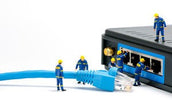
It is understandable that with all these species and categories, sometimes you do not know anymore wich cable is the best choice. After reading this article, we hope you will have more clarity about what the specific characteristics of these different cables are.
Network or UTP cables are available in various types, speeds, jackets and price ranges. If you are wondering which UTP cable you should buy, you can keep the following rule in mind: For home use a Cat6a cable always complies. This supports no less than 10,000 mbit / s with a throughput of 500mhz.
It is understandable that with all these species and categories, sometimes you do not know anymore wich cable is the best choice. After reading this article, we hope you will have more clarity about what the specific characteristics of these different cables are.
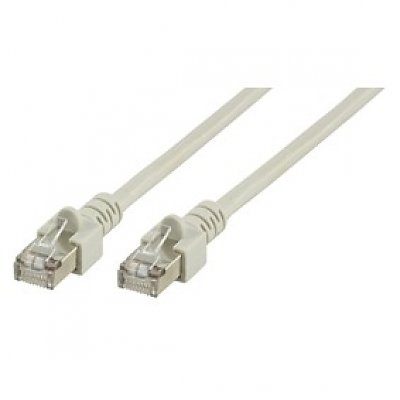 To begin with, cables are divided into various categories. These can now be found from Cat5e through Cat7. The higher the category, the faster the network. A list of all categories can be found below. Here too, the frequency at which the cable can function maximally is mentioned. The frequency or throughput can be seen as the diameter of a water pipe. The larger the diameter, the more water can pass through the tube. This also works with UTP cables.
To begin with, cables are divided into various categories. These can now be found from Cat5e through Cat7. The higher the category, the faster the network. A list of all categories can be found below. Here too, the frequency at which the cable can function maximally is mentioned. The frequency or throughput can be seen as the diameter of a water pipe. The larger the diameter, the more water can pass through the tube. This also works with UTP cables.
- Cat5e: Kan snelheden tot 1.000 mbit/s halen en heeft een bandbreedte van 100mhz.
- Cat6: Kan snelheden tot 1.000 mbit/s halen en heeft een bandbreedte van 250mhz.
- Cat6a: Kan snelheden tot 10.000 mbit/s halen en heeft een bandbreedte van 500mhz.
- Cat7: Kan snelheden tot 10.000 mbit/s halen en heeft een bandbreedte van 600mhz.
You also have the choice of the thickness of the cable. A UTP cable has eight cores in the jacket. These are then again rotated together as 4 pairs. The thickness of the cable is indicated in AWG. AWG stands for American Wire Gauge. The higher that number is, the thicker the cable is. A cable of 1 AWG has a diameter of approximately 7 cm. Most UTP cables have a thickness of 23 or 24 AWG.
In addition, UTP cables also have various shields. The different types of shields are tailored to different possible situations. For example, when a cable comes under mechanical stress. Or if a cable comes to lie in a room with other high-frequency or power-current cables that can cause faults. The various shields of the cable can be seen in the table below.
| Name | Cable Shield | Vein couple shield |
| U/UTP | none | none |
| U/FTP | none | foil |
| F/UTP | foil | none |
| S/FTP | braided | foil |
| SF/UTP | foil, braided | none |
You can also choose from a solid copper network cable or a so-called CCA cable. CCA stands for Copper Clad Aluminum. This means that the cable has an aluminum core with a copper coating. On the eye it is difficult to see what a CCA cable is.
The advantage of a CCA cable is that they are much cheaper than a solid copper cable. However, it has a few disadvantages such as:
- During the years, the flexibility is decreasing.
- The chance of fractures is bigger.
- The resistance is higher by using it for power supply ''for example'' PoE.
Tags
Gerelateerde categorieën
Bekijk onze andere blogs
-
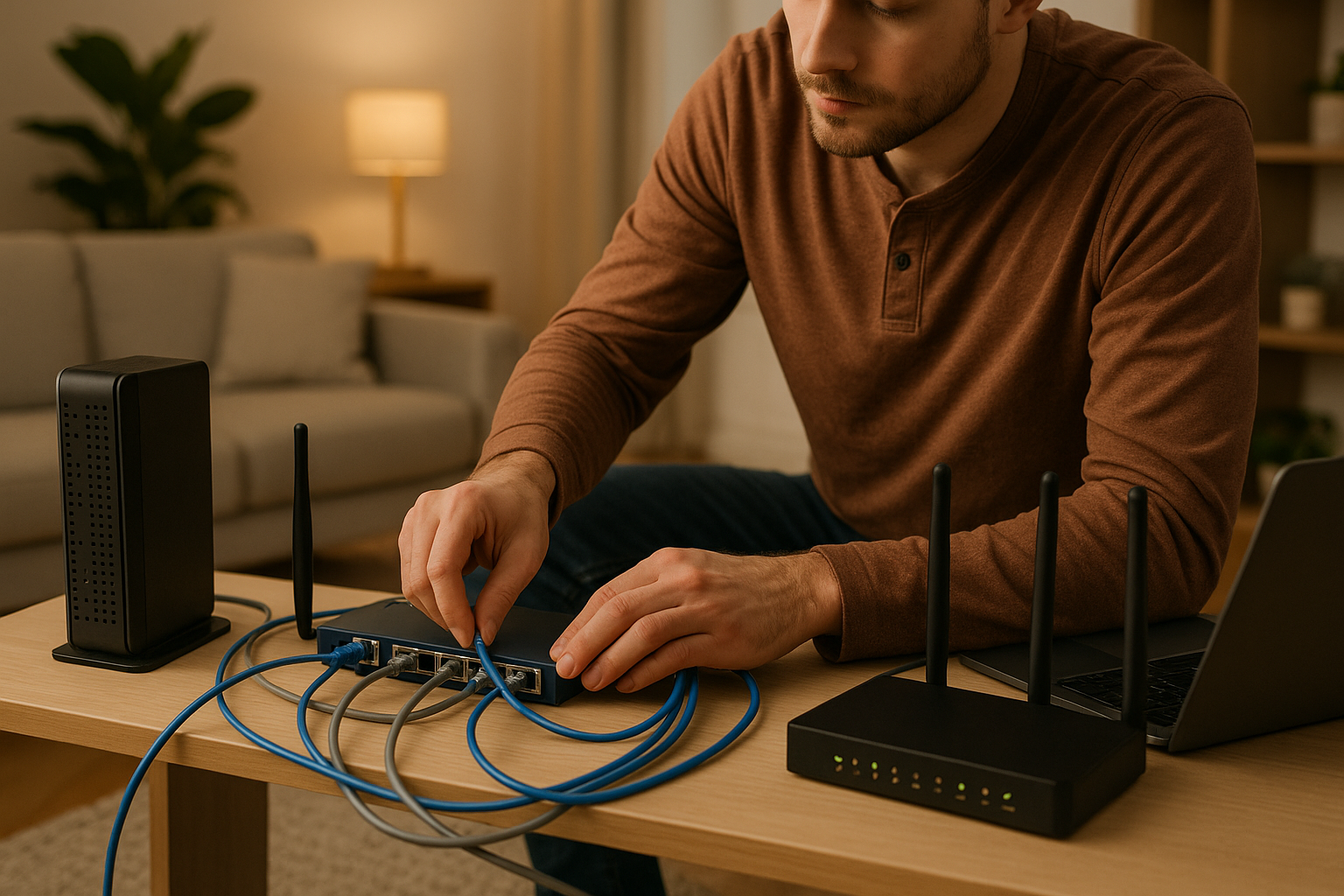
, door Jarno Heideman Hoe leg je zelf eenvoudig een thuisnetwerk aan?
-

, door Jarno Heideman Wat zijn de kleurcodes van UTP kabels en hoe gebruik je ze correct?
-
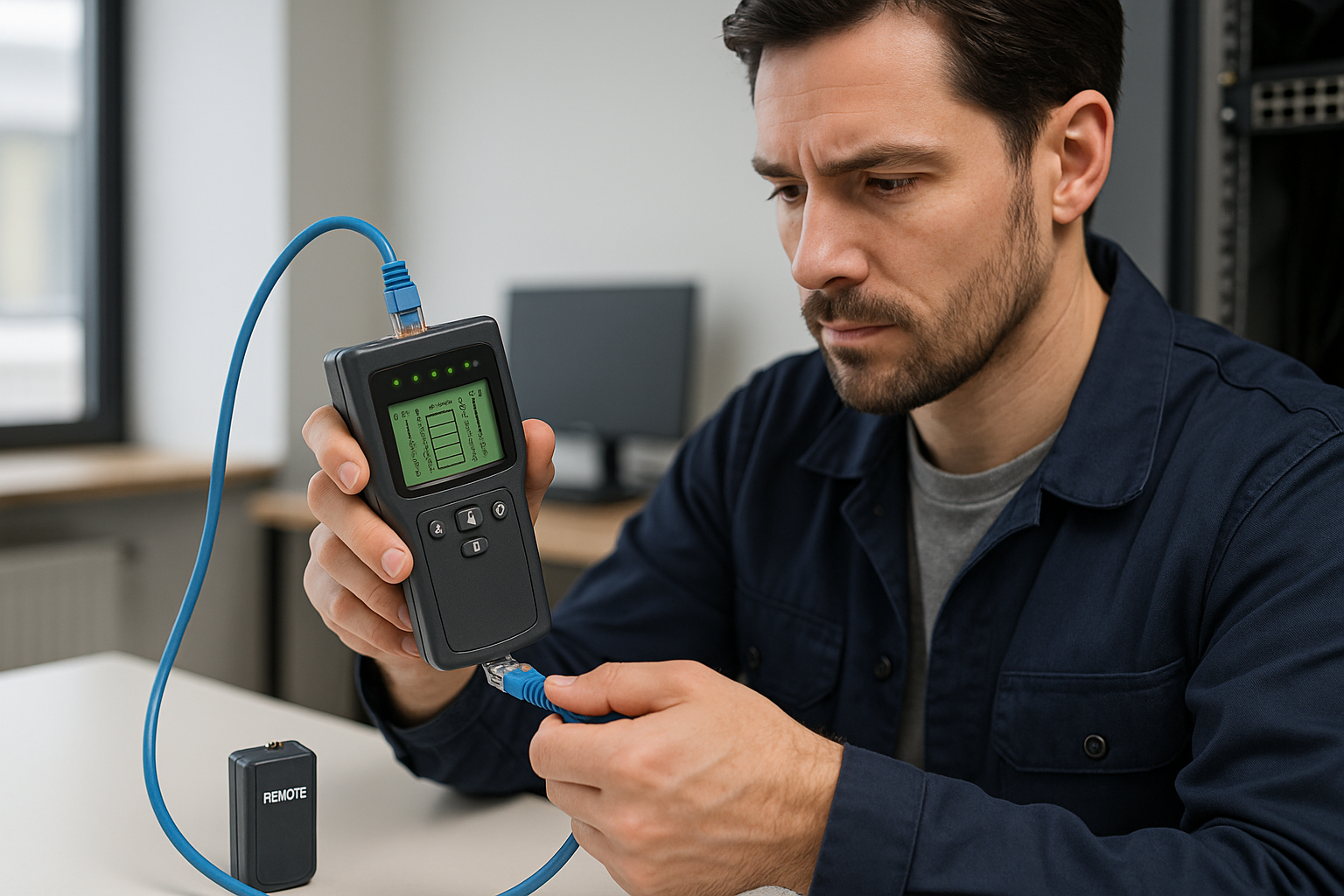
, door Jarno Heideman Hoe test je een UTP kabel zonder fouten te maken?
-
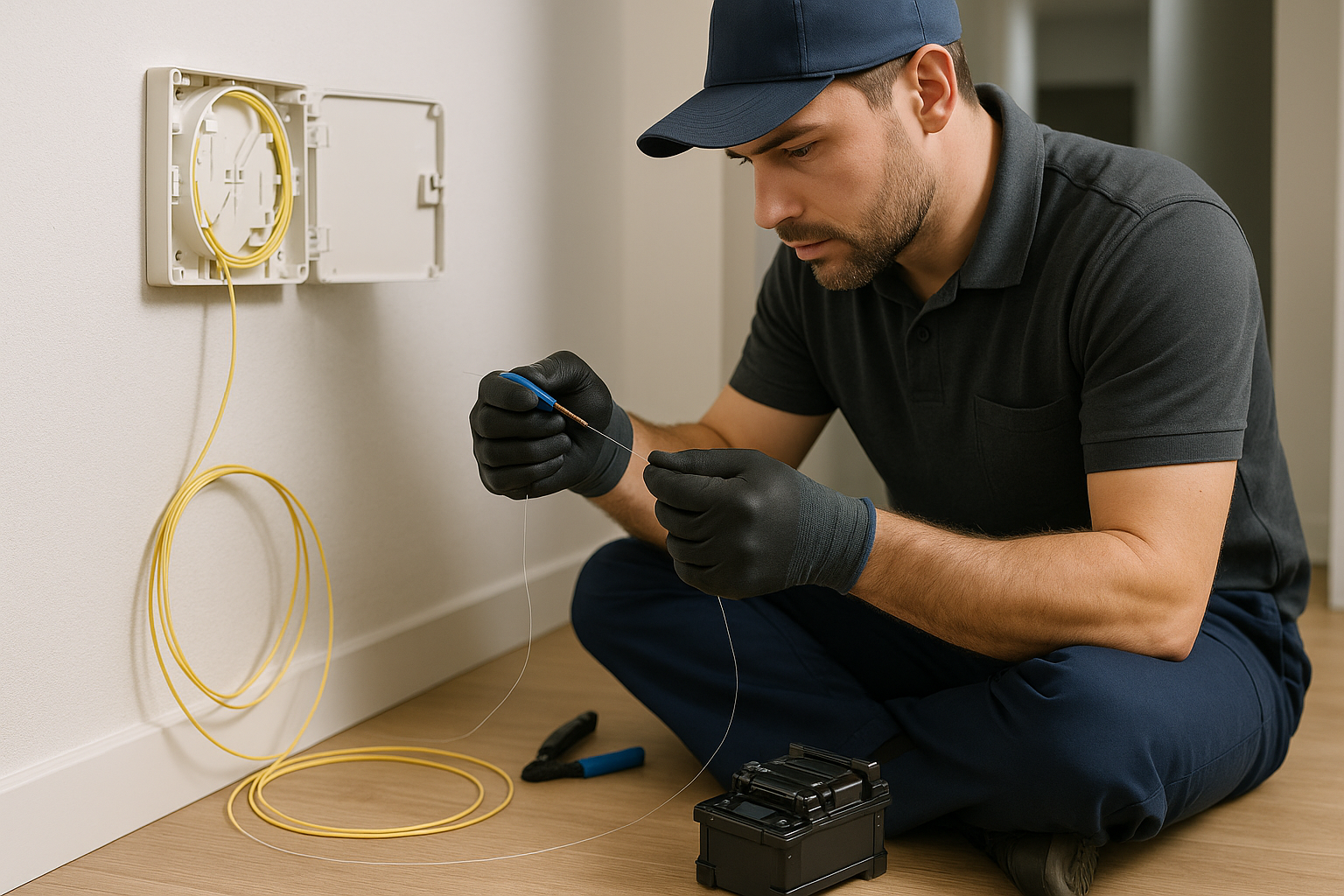
, door Jarno Heideman Hoe sluit je zelf glasvezel aan zonder gedoe in huis?




